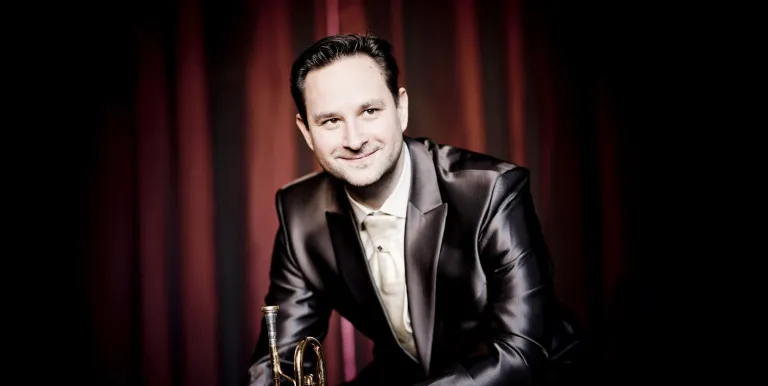Conductor:
Featuring:
Stravinsky
Requiem canticles
Stravinsky
Les noces (The Wedding)
In his book of conversations with his disciple, assistant and pupil, Robert Craft, Stravinsky recalls in full detail how he created Les noces. According to his reminiscences, the idea of composing a choral work (a dance cantata) about a peasant wedding hit him in 1912, while he was still working on Le Sacre du Printemps (The Rite of Spring). However, the Russian folk texts, serving as the basis of the libretto, were only selected in 1914. The first full version of the work written for Diaghilev’s ballet company was composed in Switzerland between 1914 and 1917; the final version was only completed in 1923. The orchestration troubled Stravinsky a lot: first he was thinking of a grand 150 piece orchestra, somewhat similar to that of Sacre. Later he imagined a more of a folk music ensemble with balalaika, gusla and guitar; then, in 1917, following the first full version for chamber orchestra, he immediately began to work out a version for only five musicians (two cimbaloms, pianola, harmonium and percussion). In the final version, completed by 6 April 1923, the four vocal soloists and choir are accompanied by four pianos and a sizable group of percussion instruments. The work will be performed with solo and choral voices, four pianos and several percussion instruments. The text is unmistakably of folk origin, reflecting the rituals and traditional prayers of a Russian wedding with allusions sometimes unclear to the outsider. The Wedding (subtitled ‘Russian choreographic scenes with songs and music’) saw its world premiere in Paris, on 13 June 1923 with the Ballets Russes and Ernest Ansermet conducting. Stravinsky always called his work a cantata, its protagonists being the solo singers and the choir and the instruments only having the function of accompanying them throughout.
Requiem Canticles, Stravinsky’s 1966 composition for contralto and bass solo, choir and orchestra, makes use of the Roman Catholic text of the requiem in Latin. The work comes from the serialist period of the elderly composer but also bears the stylistic features of his earlier periods. According to a reviewer of the piece, it is unfit for liturgical use, since “the composer set only one tenth of the full liturgical text to music . The Requiem Canticles is a Requiem of requiems. After this piece, any composer opting for a liturgical requiem will resemble a taxidermist who fixes some meat substitute onto the skeleton, stuffs the carcass, then fits a black hat on its head. This won’t do any more. Stravinsky’s Requiem Canticles is nothing else but Berlioz’s Grande Messe des Morts condensed into an aphorism.” In the sleeve notes of the authorised recording, the composer himself gives the following witty and satirical remark: “…I think the opus may be safely called the first mini- or pocket requiem.”
The work was premiered in the same year of its genesis, 1966, and was also played at the funeral of the composer five years later.
- Tickets of each of the 50 minute concerts are 990 HUF, anyone purchasing three tickets is entitled to enter the fourth free of charge. So the cost of attending all 11 concerts is 8910 HUF instead of 10890 HUF.
Presented by: Budapest Festival Orchestra, Palace of Arts
-
We wish to inform you that in the event that Müpa Budapest's underground garage and outdoor car park are operating at full capacity, it is advisable to plan for increased waiting times when you arrive. In order to avoid this, we recommend that you depart for our events in time, so that you you can find the ideal parking spot quickly and smoothly and arrive for our performance in comfort. The Müpa Budapest underground garage gates will be operated by an automatic number plate recognition system. Parking is free of charge for visitors with tickets to any of our paid performances on that given day. The detailed parking policy of Müpa Budapest is available here.










